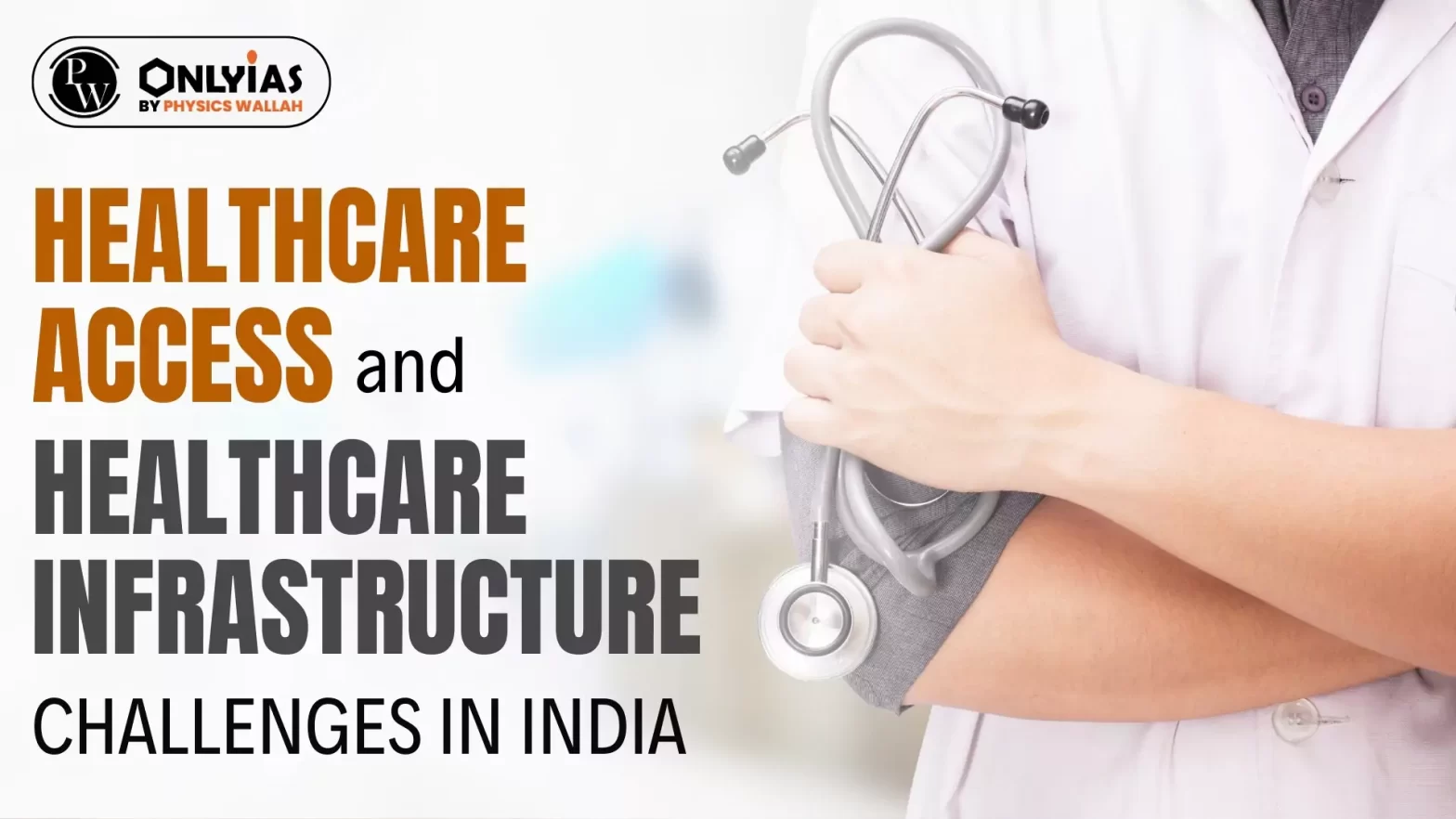Context
India grapples with a significant disparity in its doctor population ratio, necessitating initiatives to bolster healthcare infrastructure and services nationwide.
| Relevance For Prelims: National Medical Commission, Pradhan Mantri Swasthya Suraksha Yojana (PMSSY),
Relevance For Mains: Doctor to Population ratio, Out of Pocket expenditure in Health |
Bridging the Healthcare Access and Healthcare Infrastructure
- Bridging the Healthcare Gap in India: Recognizing the need to bridge the gap between healthcare demand and supply, the Centre initiated the Pradhan Mantri Swasthya Suraksha Yojana (PMSSY) in 2003, aiming to establish AIIMS-like institutions across the country.
- Expansion of AIIMS Institutions under PMSSY: Since 2006, the PMSSY has led to the creation of numerous AIIMS institutions, with 20 currently operational and three under development.
- These institutions aim to democratize access to affordable healthcare education beyond metropolitan areas.
- Implementation Challenges at AIIMS Madurai: Despite lofty intentions, the AIIMS project in Madurai has faced significant implementation hurdles, including complaints of inadequate infrastructure, facilities, and manpower constraints.
- Student Discontent and Educational Disruption: The incomplete status of AIIMS Madurai has adversely impacted students, with three batches accommodated at a nearby facility, leading to protests and dissatisfaction among students.
- Political Friction and Electoral Ramifications : The prolonged delay in constructing AIIMS Madurai became a contentious issue during the 2021 Tamil Nadu Assembly elections, reflecting tensions between the central and state governments.
Enroll now for UPSC Online Course
Way Forward to Strengthen Healthcare Access in India
- Importance of Collaborative Efforts for Timely Completion: The delayed implementation of AIIMS Madurai underscores the importance of collaborative efforts between the Centre and the State to ensure the timely completion and effective functioning of medical institutions.
- Addressing the Doctor-Population Ratio in Rural Areas: It highlights the imperative of prioritizing healthcare infrastructure to improve the doctor-population ratio and provide high-quality education, particularly in rural areas.
Conclusion
Addressing the doctor population ratio in rural areas must remain a top priority. Improving healthcare infrastructure and providing high-quality education in rural regions are essential steps towards achieving healthcare equity and meeting the healthcare needs of underserved communities.
Also Read: Ayushman Bharat Health Insurance Scheme
![]() 18 Apr 2024
18 Apr 2024

